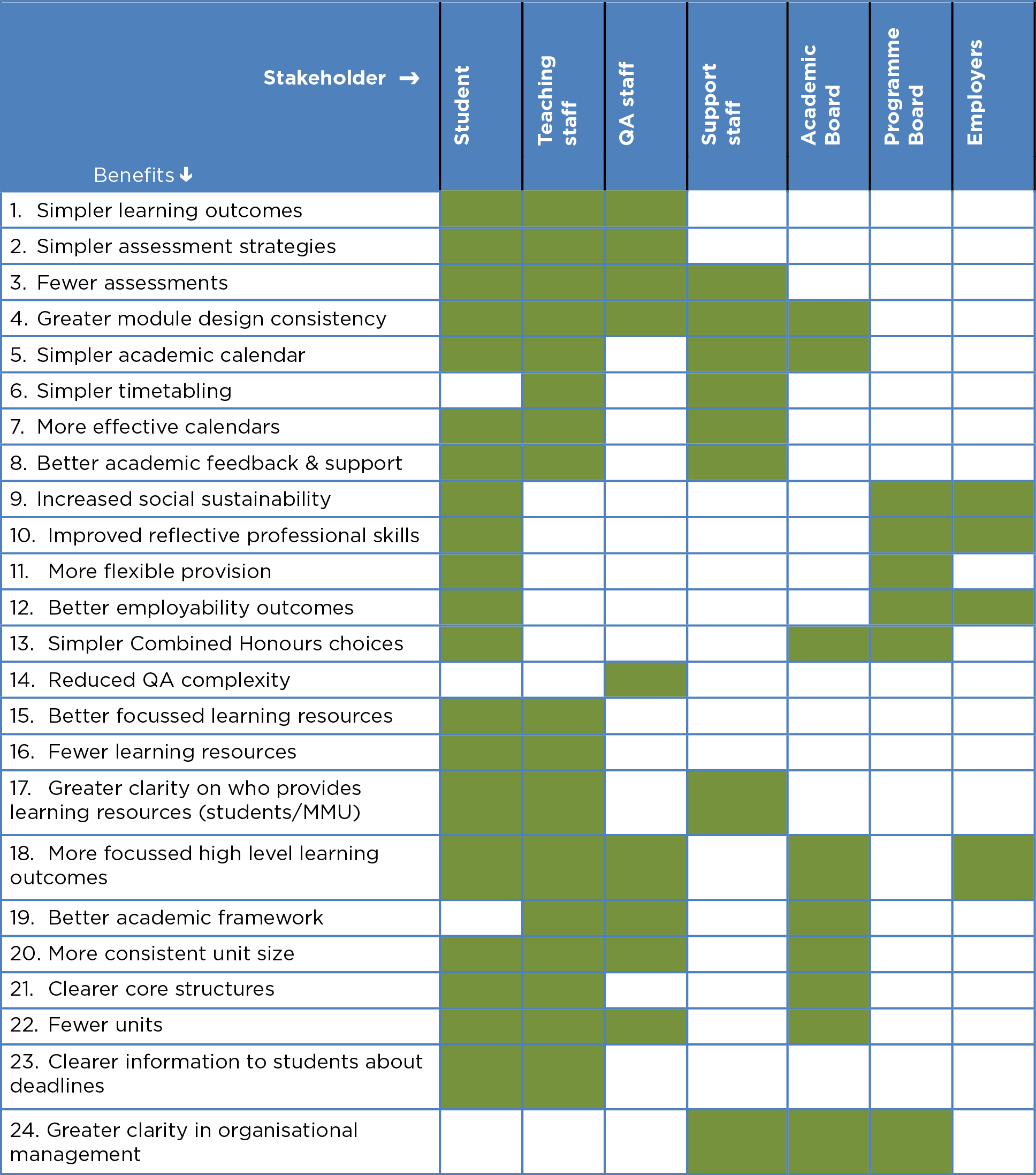Delivering the benefits All resources About this toolkit
About Envisioning The VLE
Landscape Looking to
the future Planning a
VLE review Engaging with
your Institution Resources
[Stakeholder engagement and communications] | [Choosing the project team] | [A model for engagement] | [Methods of engagement] | [Students as change agents]
A model for engagement
|
The importance of digital tools in learning and teaching has changed significantly since VLEs first came into use. It was not uncommon in the early days for a VLE to be chosen by a small number of people often with an information services focus. This sometimes led to academic staff feeling that the system had been imposed on them. Nowadays use of the VLE is generally well embedded in institutional practice and forms one of the main tools for delivering the ambitions in learning and teaching strategies. The importance of both academic and student input into the decision-making process is evident although not always easy to achieve. A useful starting point for planning engagement is the concept of a 'ladder of participation' which has been widely used and adapted in many contexts since it was first conceived by Arnstein in 1969. The ladder is hierarchical, in as much as the degree of participation increases on each rung, but you may not always want to aim for the highest level of participation. Not all stakeholders are equal and some have a greater role to play in the success of the project than others. Equally, a formal procurement process requires a degree of central coordination which means it would be unrealistic to expect that stakeholders would take full ownership of the project and self-organise. |
Arnstein, S.R. (1969): A Ladder Of Citizen Participation, Journal of the American Institute of Planners, 35:4, 216-224 [Available online http://dx.doi.org/10.1080/01944366908977225 Accessed 2nd August 2018]. |
On the other hand, it is important to avoid 'tokenism' where key stakeholders are simply informed about decisions already taken or where the project team does not hear, and fully understand, a sufficiently wide range of views to take appropriate decisions.
See also the section of this Toolkit on Managing the change.
|
"It's so important to get everybody involved - both staff and students have to have a voice." Correy Murphy, Blended Learning Co-ordinator, Glasgow School of Art |
Understanding perceptions and level of influence
In order to engage people most effectively, it pays to think about what their likely perceptions of the project will be and why they hold those views. This example from Manchester Metropolitan University summarises a lot of analysis in a very simple way. For each stakeholder it shows their likely perceptions; their level of influence on the project and suggested actions to move them from their current to desired state.

Key: AIH – Against it happening; LIH – Let it happen; HIH – Help it happen; MIH – Make it happen (click image to enlarge)
If you are to shift stakeholder perception in a positive direction then people need to see that what you are trying to achieve will have benefits for them.
There is a section of this Toolkit on Delivering the benefits however you can also use discussion about benefits to drive engagement and target communications. Thinking about which benefits are most likely to interest which stakeholders will help you tackle their concerns and win their support for beneficial changes.
This example from Manchester Metropolitan University maps potential benefits of changes to learning and teaching practice to different stakeholder groups.
Bruce Levitan, Business Improvement Manager December 2009 (v1); March 2013 (v2); May 2014 (v3) (click to enlarge)
![Arnstein, S.R. (1969): A Ladder Of Citizen Participation, Journal of the American Institute of Planners, 35:4, 216-224 [Available online http://dx.doi.org/10.1080/01944366908977225 Accessed 2nd August 2018].](/-/media/Images/UCISA/Publications/VLE-toolkit/model-engagement.jpg?h=467&w=500)


